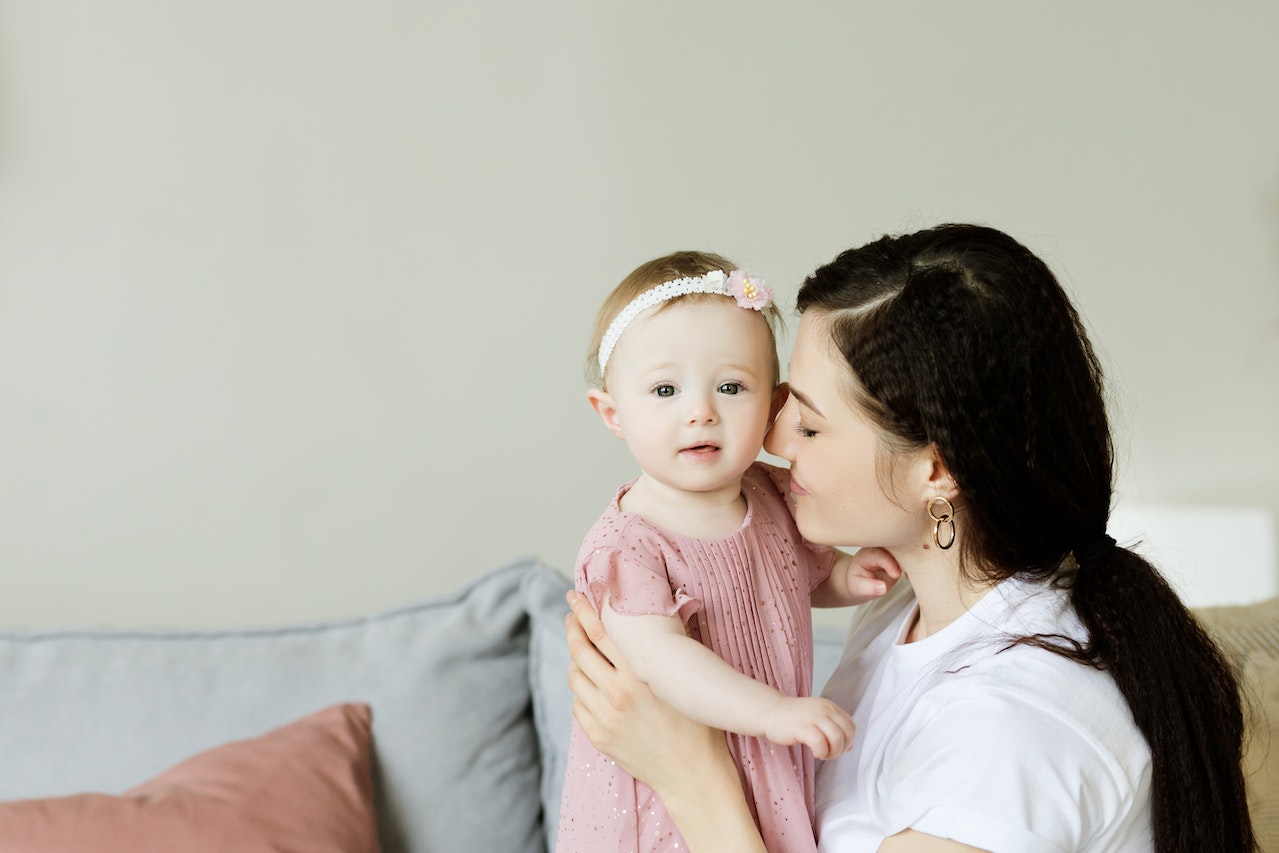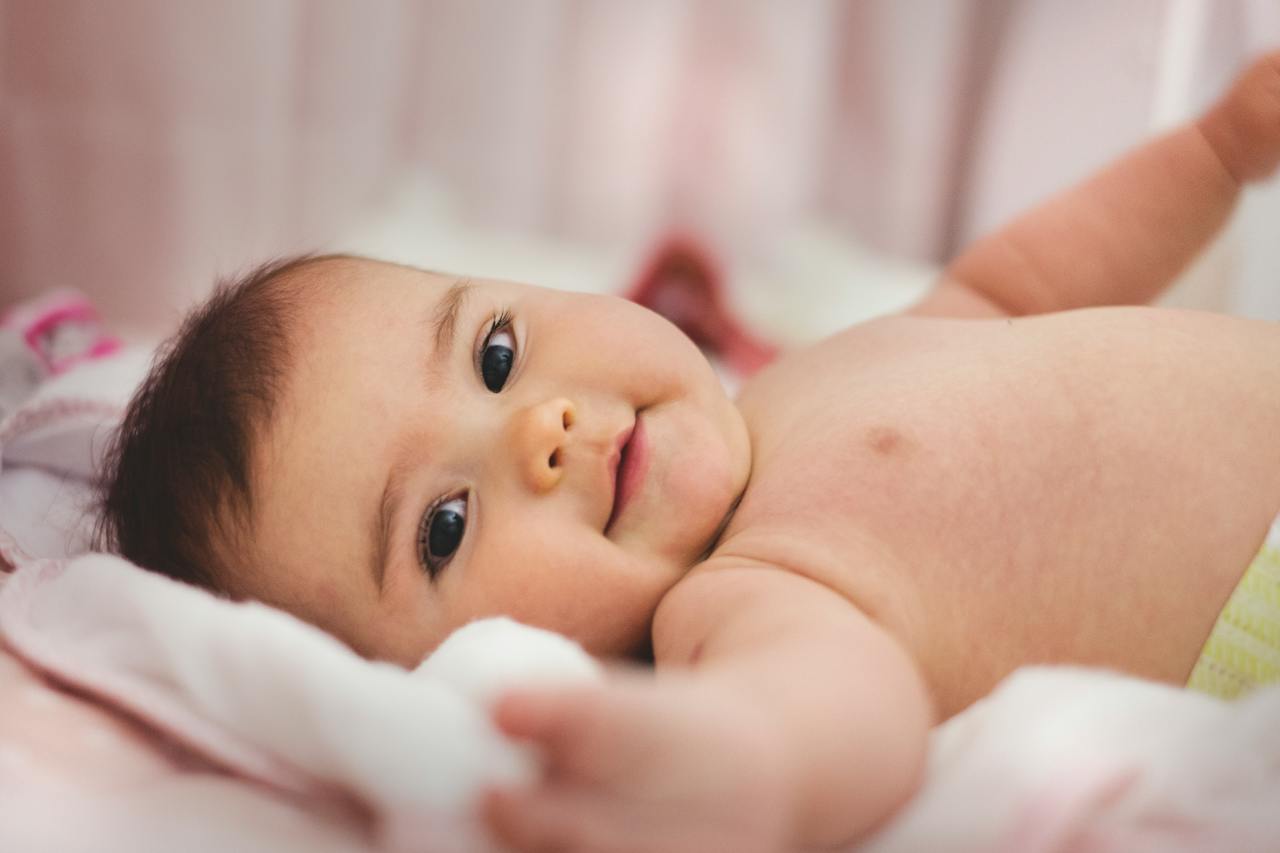Newborn bathing may seem daunting to new parents, but with the right preparation and correct steps, the newborn bathing experience can be an enjoyable time and strengthen the bond between parents and baby.
Although not much different from bathing a baby in general, bathing a newborn baby certainly has to pay attention to several things. Especially if the baby's umbilical cord has not been released, then moms and dads who bathe the baby must be extra careful. Here's a complete guide on how to bathe a newborn.
Preparation for Bathing a Newborn
Before starting to bathe the baby, make sure all the necessary equipment is ready. Good preparation will help ensure the bathing process runs smoothly and safely.
Prepare the Equipment
- A clean baby bathtub or sink.
- Gentle, fragrance-free baby soap and shampoo.
- Soft, clean towel.
- Baby washcloth or washcloth.
- Clean clothes and a new diaper.
- Cotton swabs or cotton balls (to clean the eye and ear area).
- Baby oil or lotion (optional).
Proper Water Temperature
Fill the bathtub with warm water. The ideal water temperature is around 37-38 degrees Celsius (around body temperature). You can use a water thermometer or feel with the inside of your wrist to ensure the temperature is not too hot or cold.
Safe Place
Make sure the room is warm and free from drafts. Close doors and windows to avoid drafts. Place the bathtub on a stable and level surface.
How to Bathe a Newborn
Once all the preparations are complete, follow these steps to bathe your newborn properly:
Start with Cleaning the Face
Use cotton balls dipped in warm water to clean the baby's eyes, from the inner corner to the outer corner. Use a different cotton ball for each eye. Clean the baby's face with a wet washcloth without soap, including the areas behind the ears and around the mouth.
Wet Baby's Body
Slowly place the baby in the bathtub, one hand supporting his head and neck, while the other cleans his body. Wet the baby's body from the head with warm water using your hands or a washcloth.
Clean Gently
Use mild baby soap and shampoo to wash the baby's hair and body. Use a small amount and rinse with clean water to avoid skin irritation. Be sure to clean folds of skin, such as behind the ears, neck, armpits, and diaper area.
Rinse and Dry
Rinse the baby's body with clean warm water to remove any soap residue. Carefully lift the baby from the bath, supporting his head and neck with one hand, and his body with the other. Wrap the baby in a soft towel and dry by gently patting, not rubbing.
After Bath Care
Apply baby lotion or oil if needed to keep skin soft and hydrated. Then change the baby's diaper and put on clean clothes.
How Many Times a Day to Bathe a Newborn?
Bathing a newborn does not need to be done every day. Two to three times a week is sufficient, as bathing too often can dry out the baby's sensitive skin. Make sure to always clean the diaper area, face, and skin folds daily with a damp washcloth.
The Right Time to Bathe a Newborn
The right bath time is when the baby is calm and not too hungry or tired. Many parents choose to bathe their babies in the afternoon or evening as warm water can help babies feel more relaxed and sleep better. However, every baby is different, so choose a time that suits your baby's routine.
Bathing a newborn can be a soothing and enjoyable moment if done correctly. Don't hesitate to consult with your pediatrician if you have any questions or concerns about bathing your newborn. (Aq/MKK)












Komen
250